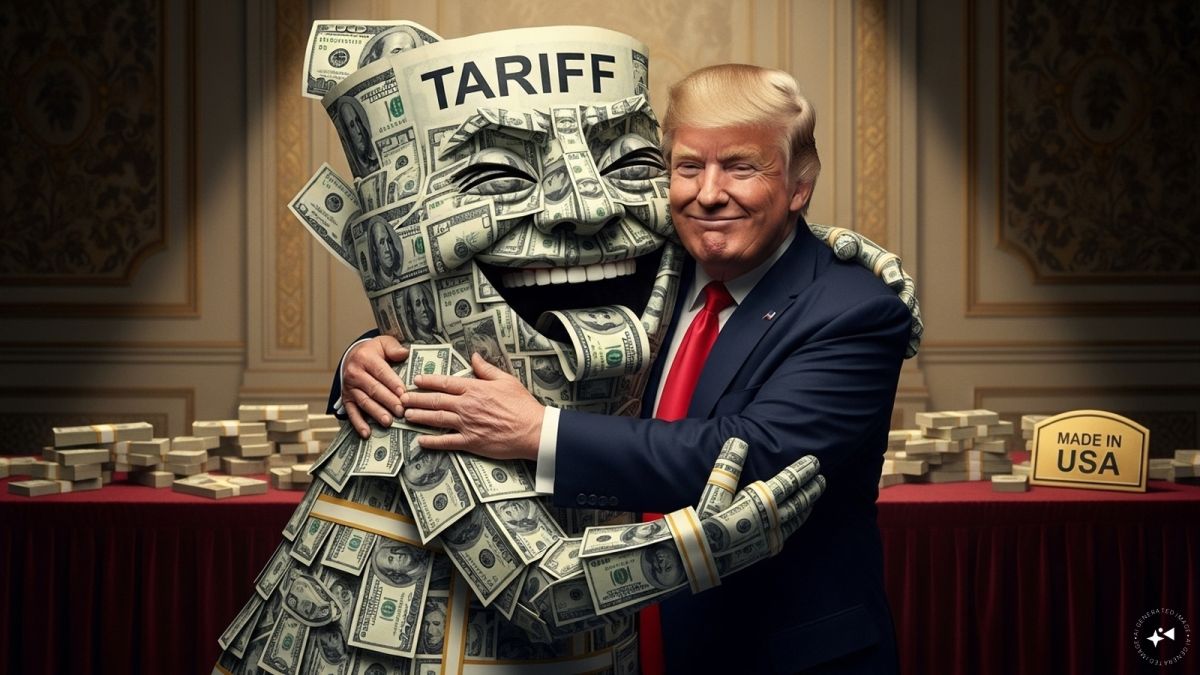India can offset the impact of US tariffs through rising domestic demand, alternative export markets and long-term business strategies, says PM Modi’s economic adviser V Anantha Nageswaran
India may be better positioned to absorb the impact of US tariffs than initially feared, according to Prime Minister Narendra Modi’s chief economic adviser, V Anantha Nageswaran. Speaking to news agency ANI, Nageswaran emphasised that while the Trump administration’s 50 per cent tariff on Indian goods could affect certain export-oriented units, the overall job losses are likely to be limited.
“Yes, job loss will be contained to those export-oriented units that are very highly exposed to the United States,” he said, adding that some businesses may look for alternative markets or adopt a long-term view to retain their workforce despite temporary uncertainties.
Alternative markets and long-term business strategies
Nageswaran highlighted that Indian companies have options to mitigate the tariff shock. Some exporters could pivot to other international markets, while others may take a strategic, medium- to long-term approach. By not immediately reducing staff, companies can maintain operational stability and prepare for eventual normalisation of trade relations. This dual strategy—diversifying export destinations and taking a patient business outlook—provides a buffer against immediate disruptions caused by US tariff policies.
Strong rural and agricultural demand as a buffer
Beyond international trade, the adviser pointed to rising domestic consumption as a key compensatory factor. “There could be compensation coming from higher domestic demand. We have had a very good monsoon season. Agriculture and rural demand will be rising,” Nageswaran told ANI. With stronger rural incomes and increased spending power, domestic demand could partially offset the losses incurred from reduced exports to the US. This growth in internal consumption, particularly in agriculture and related sectors, could cushion potential employment and revenue impacts on affected units.
Targeted policy tweaks to support exporters
While Nageswaran did not outline specific policy measures in detail, his comments suggest a multi-pronged approach. Policy tweaks could include incentives for exporters to diversify markets, investment in domestic infrastructure to enhance competitiveness, and measures to boost rural purchasing power. Strengthening India’s domestic consumption base, he implied, would serve as a natural stabiliser against external shocks, allowing firms to maintain employment levels and adapt gradually to the tariff environment.
Managing the broader trade context
The Trump administration’s tariff measures come amid broader geopolitical tensions, including sanctions related to Russia. Nageswaran’s remarks highlight that India is considering both short-term mitigation and long-term strategic adjustments. By balancing global market diversification with robust domestic demand, India aims to contain the economic impact of the tariffs while safeguarding jobs in the most vulnerable sectors.
End of Article

)

